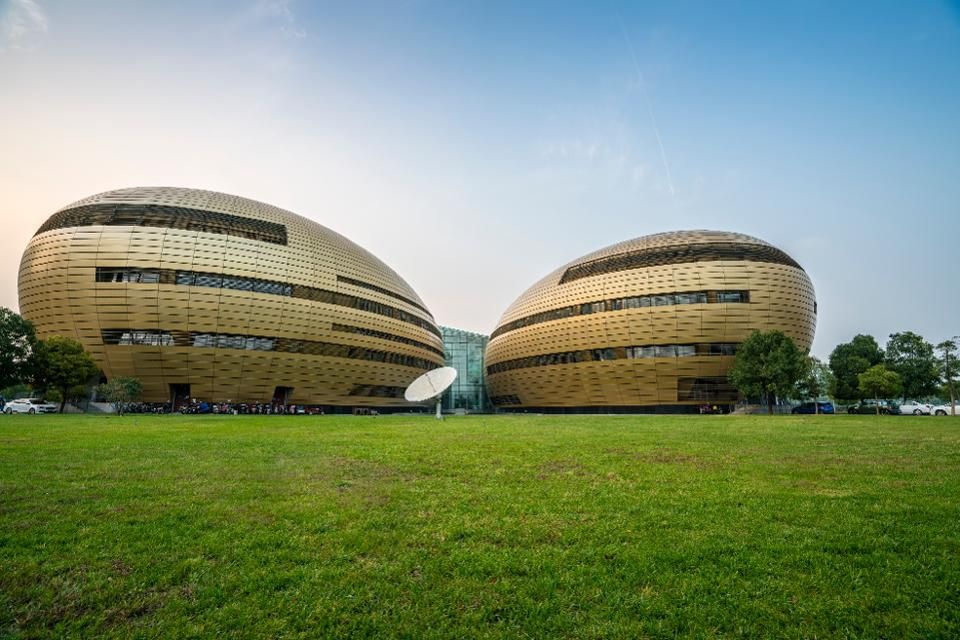China is in the middle of an all-out museum building boom that is unparalleled in history. As part of a broad central government initiative, thousands of museums have been built across the country over the past decade, with a staggering 451 being opened in 2012 alone. Shanghai even went as far as opening two different art museums directly across the river from each other on the same day. Like many other sectors of China's unprecedented economic rise, the obsessive drive to build more and more cultural facilities has resulted in a conspicuous dearth of exhibits, let alone demand from people wanting to visit them -- leaving hundreds of massive, often opulent, and architecturally iconic buildings sitting underused or even completely empty today.
The reason for these empty museums isn't because the Chinese have a particular hankering for blank white walls and barren hallways, but because of the peculiar nuances of China's development model. According to the World Bank, local municipalities in China must put up 80% of their operating expenses while only receiving 40% of the country’s tax revenue, so they are perpetually cash-strapped and grasping for fresh streams of income. New urban development projects have been the answer for most municipalities, as the proceeds from land sales and the initial taxes and fees that come from the sale of new property adequately fills the public coffers -- with land sales alone often amounting to 40% of a given municipality's revenue. The effect is something akin to a Ponzi scheme: new cities and districts must be created to fund existing cities and districts. So with hardly enough in the coffers to run their cities as it is, how are municipalities able to afford their extremely costly but starkly unprofitable new cultural showpieces?
According to Johnson, what has fueled China's museum building boom has been a strategy where a local government will grant a developer a prime parcel of commercial construction land on the contingency that they also build and operate a museum (or an opera house, library, etc). In this way, a city can obtain their iconic public buildings while having someone else pick up the tab.
....
